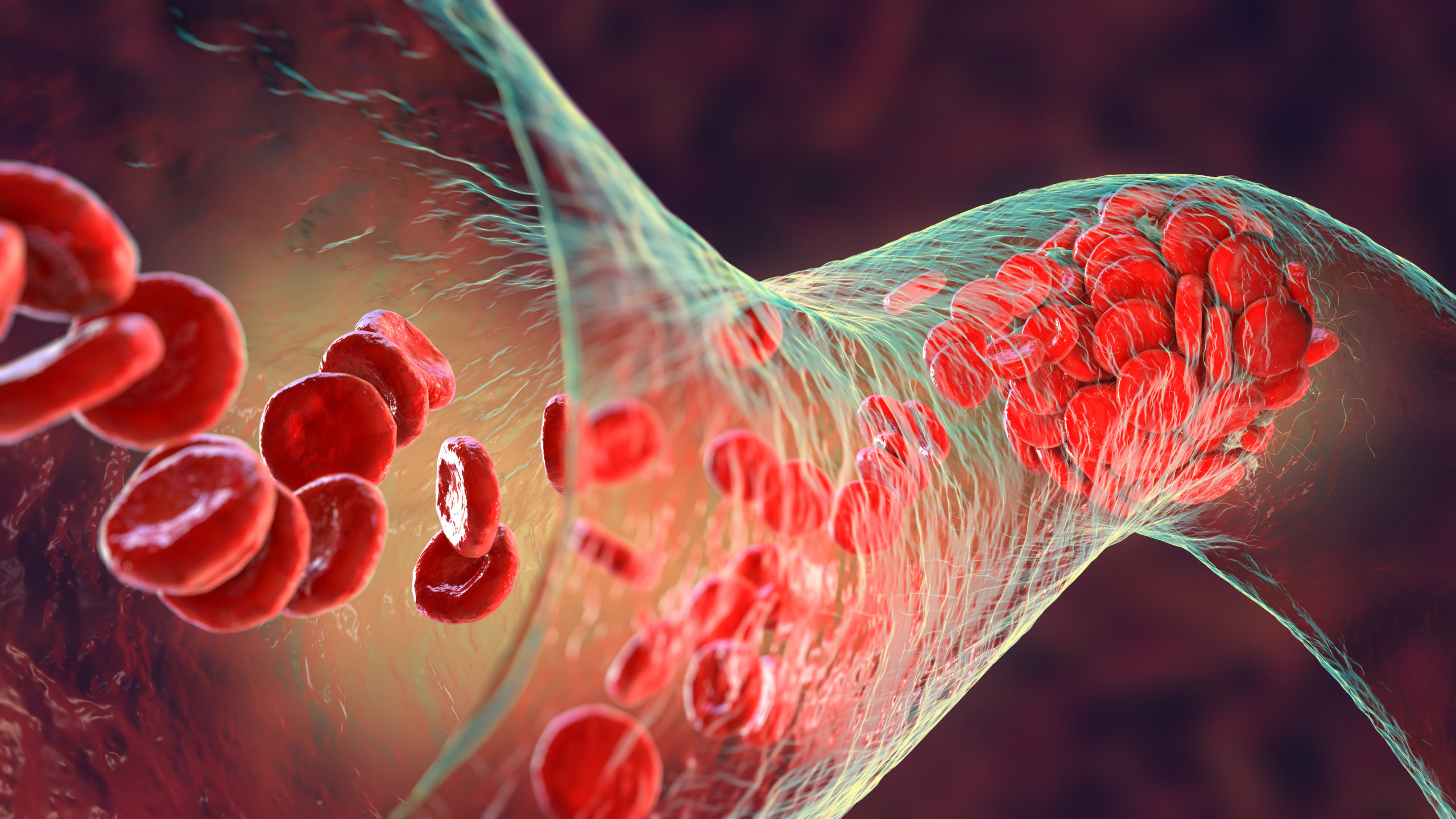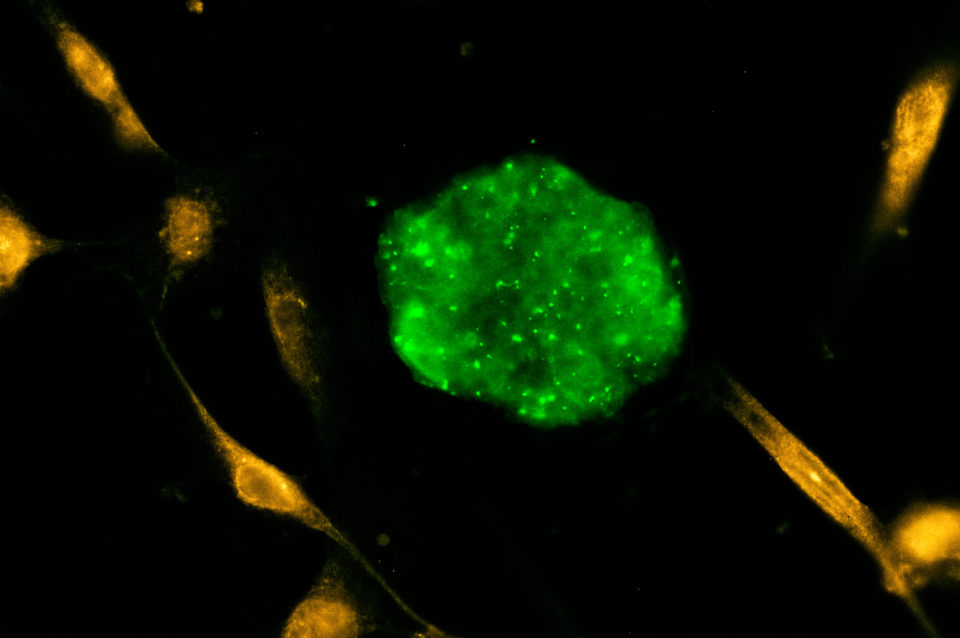
Pharmacokinetic (PK)-guided dosing is currently used to individualize factor (F)VIII and FIX replacement therapy in patients with hemophilia A and B, but a new study showed that this dosing strategy may also be useful for guiding prophylactic dosing of factor concentrates.
According to the OPTI-CLOT TARGET study, PK-guided dosing “uses Bayesian forecasting to estimate individual PK parameters using a population PK model by combining individually observed factor activity levels and PK data from a population. Subsequently, estimated individual PK parameters are used to calculate a dosing regimen that maintains the desired factor levels.”
A recent study enrolled 50 patients with hemophilia A or B who received prophylactic treatment with factor concentrates based on individualized PK parameters. Patients received PK-guided treatment for 12 weeks. At least four measured FVIII/FIX levels per patient were taken and compared with predicted levels obtained by Bayesian forecasting. Median follow-up was 36 weeks.
During follow-up visits 206 FVIII/FIX levels were collected. The median observed factor levels for trough was 2.2; for mid, 11.8; and for peak, 47.0. Median absolute relative error of all levels was 15%.
The PK-guided approach was deemed adequate when at least 80% of measured factor levels were within ±25% of predicted levels. Almost three-quarters (71%) of levels were within ±25% of prediction: 58% of trough levels, 83% of mid-levels, and 80% of peak levels.
One-hundred bleeds occurred in 35 patients during the study. The annualized bleeding rate for all bleeds was 1.9, for spontaneous joint and muscle bleeds, 0.0.
A post hoc analysis assessed predictive performance allowing maximum absolute errors of 1 (trough), 5 (mid), and 15 (peak) IU/dL and showed a total predictive performance of all FVIII/FIX levels of 85%.
“Importantly, we believe that this post hoc analysis represents the overall predictive performance of PK-guided prophylaxis in hemophilia in daily clinical practice more optimally,” the researchers wrote.
Patients and treating physicians also completed a short questionnaire to measure the feasibility of PK-guided dosing. Most patients reported no difficulties combining prophylaxis with daily life and traveling and reported no added burden for hospital visits required for PK guidance. The majority (94%) of physicians and patients (72%) were satisfied with PK-guided prophylaxis.
“The fact that nearly all patients and physicians would recommend PK-guided dosing to others and would commit to repeated PK profiling in the future further underlines patients’ and physicians’ support for this intervention and will contribute to the broader implementation of PK-guided dosing in clinical practice,” the researchers wrote.
Reference
Goedhart TMHJ, Bukkems LH, Zwagemaker A-F, et al. Predictive performance of pharmacokinetic-guided prophylactic dosing of factor concentrates in hemophilia A and B. Res Pract Thromb Haemost. 2024. 28;8(3):102397.







 © 2025 Mashup Media, LLC, a Formedics Property. All Rights Reserved.
© 2025 Mashup Media, LLC, a Formedics Property. All Rights Reserved.